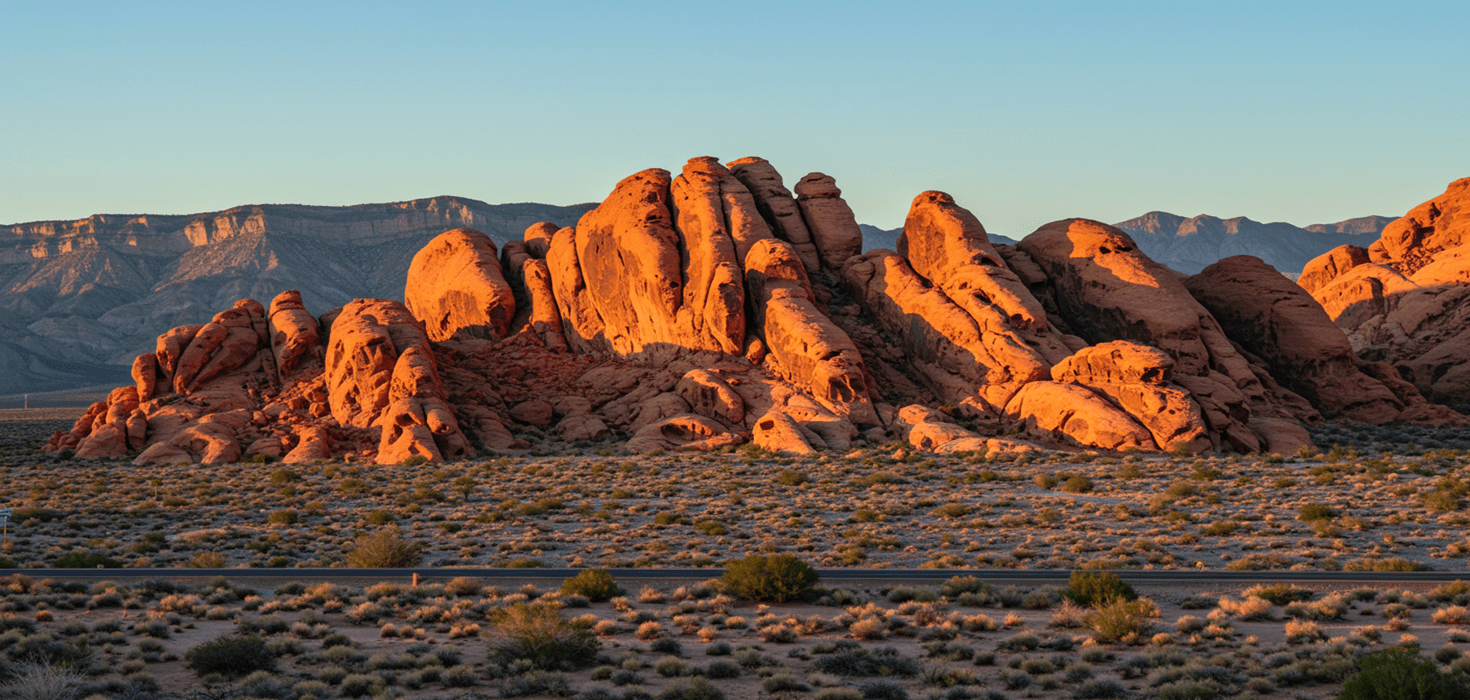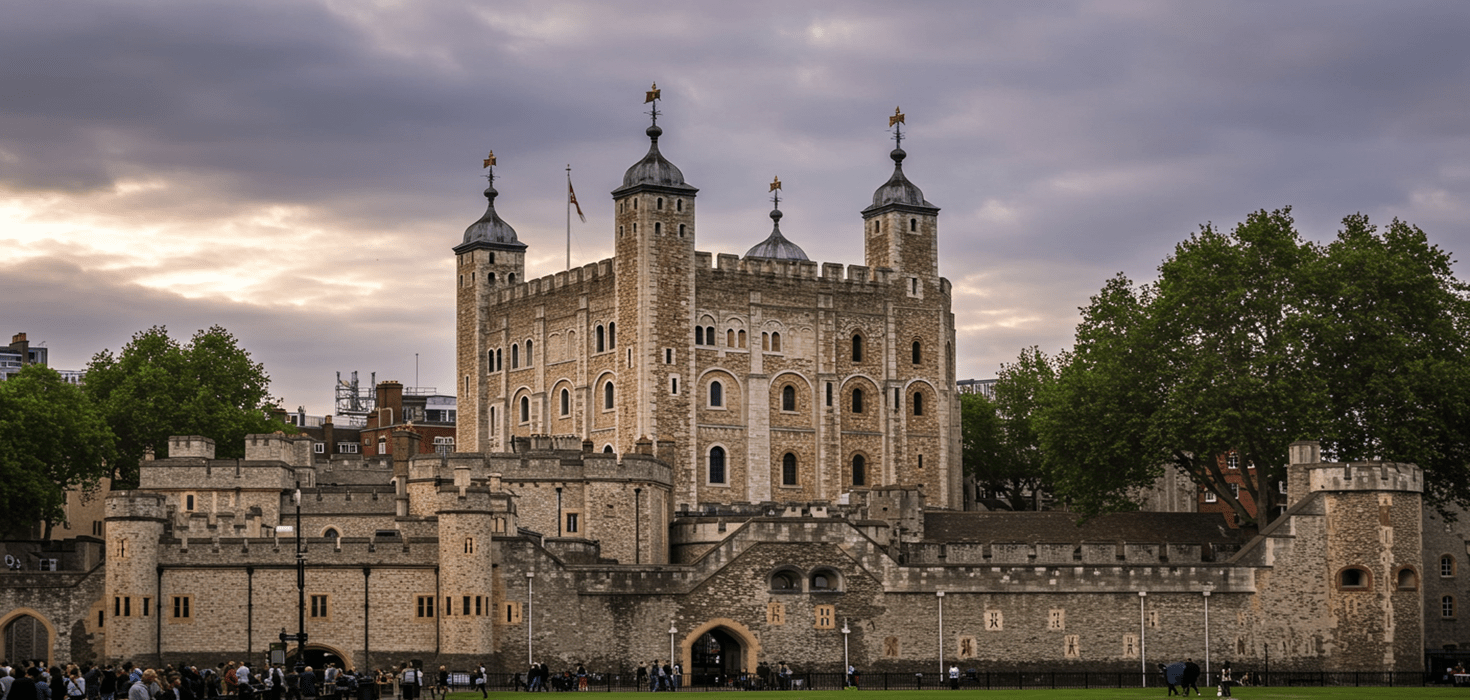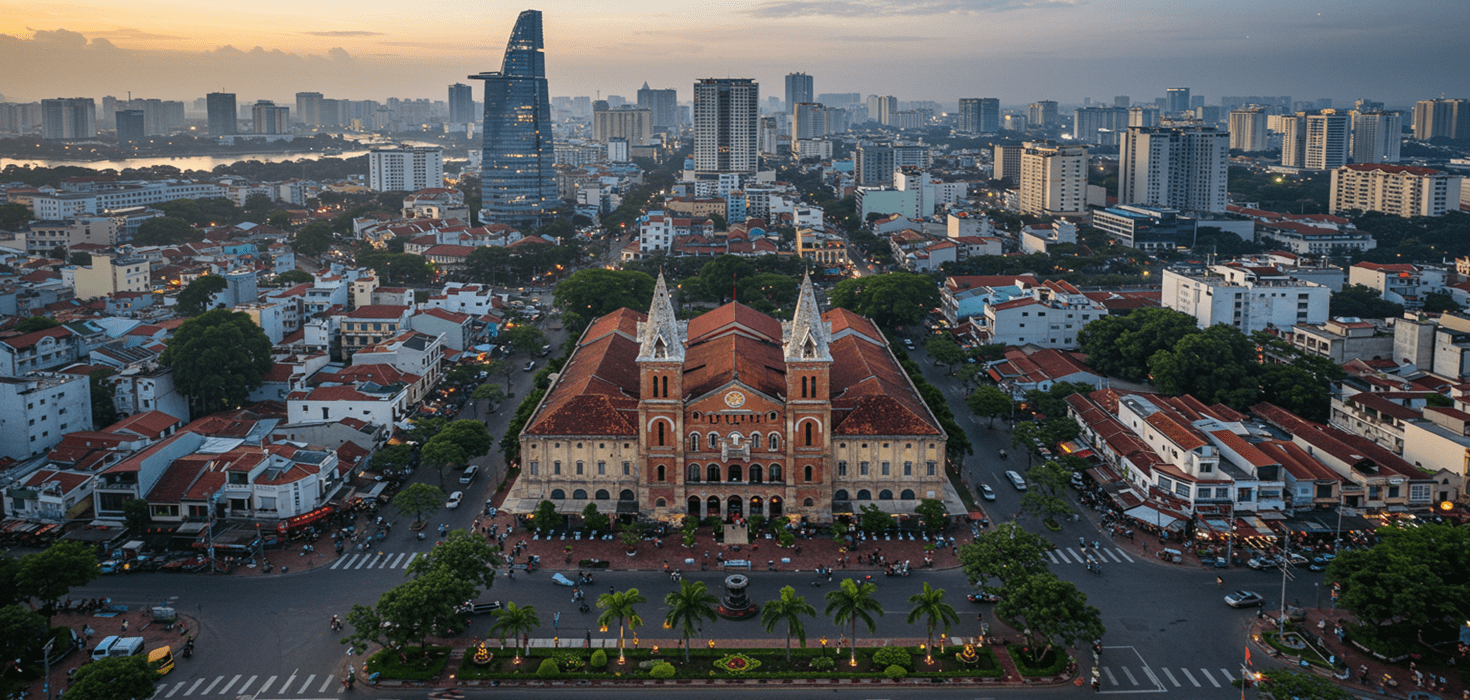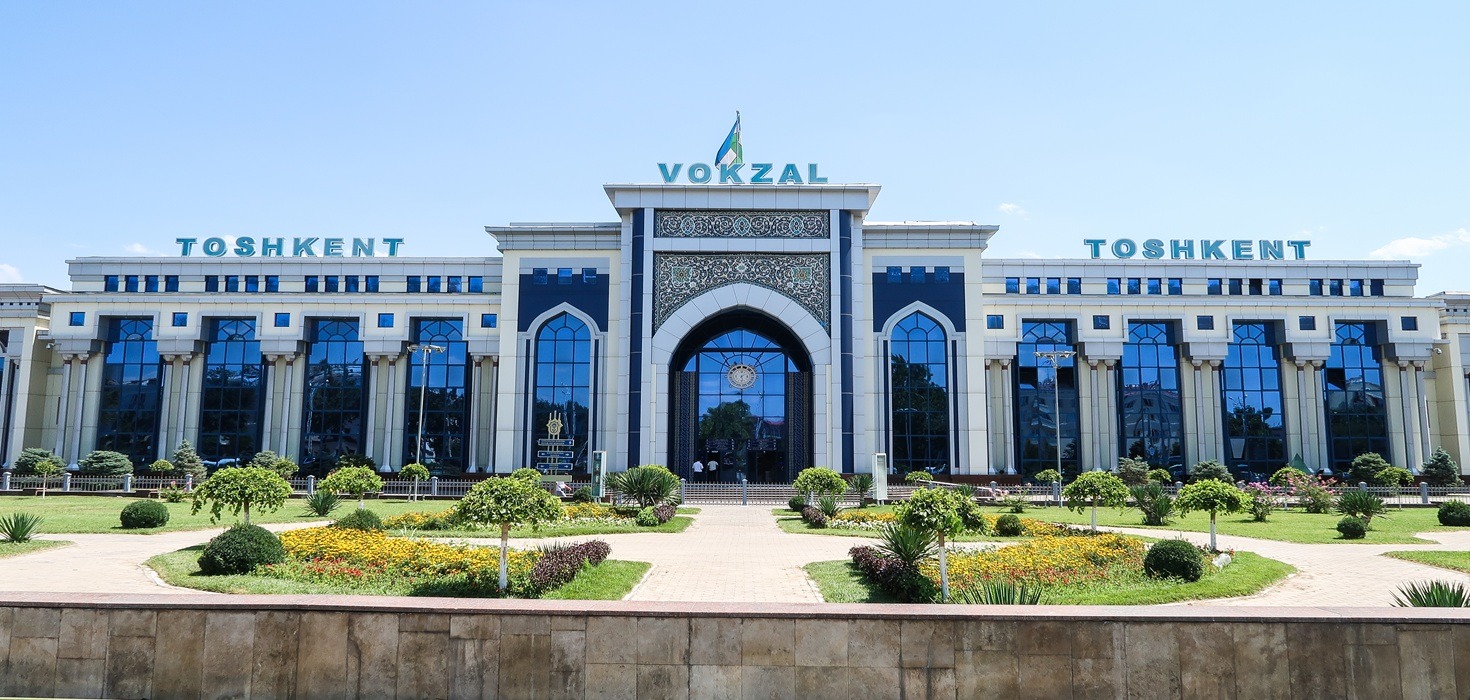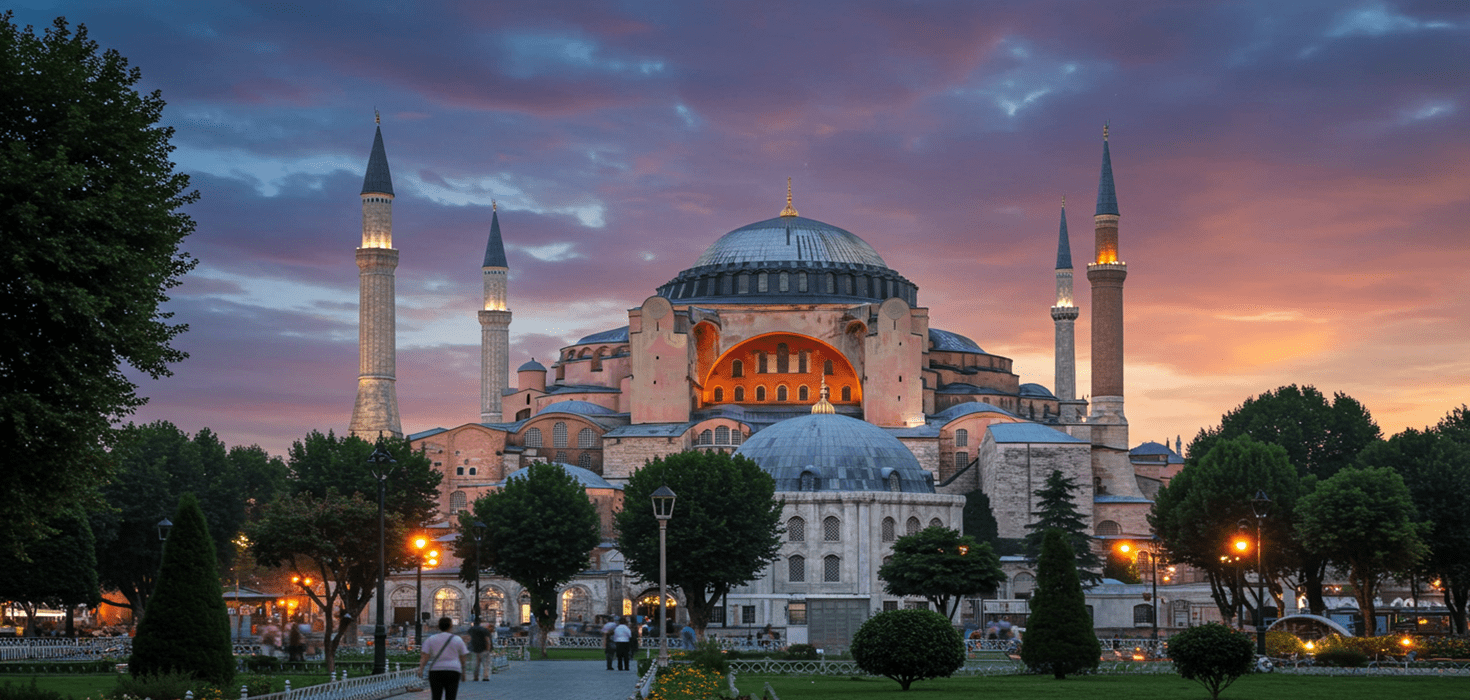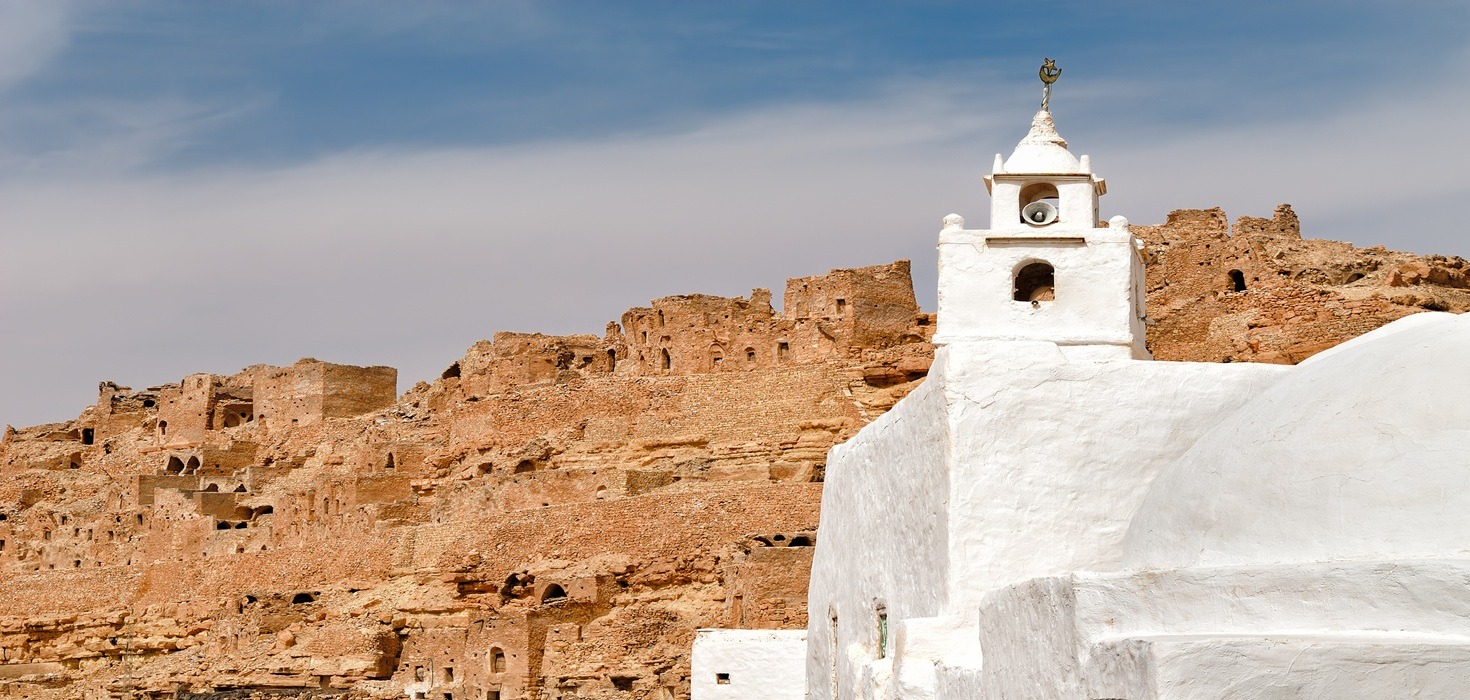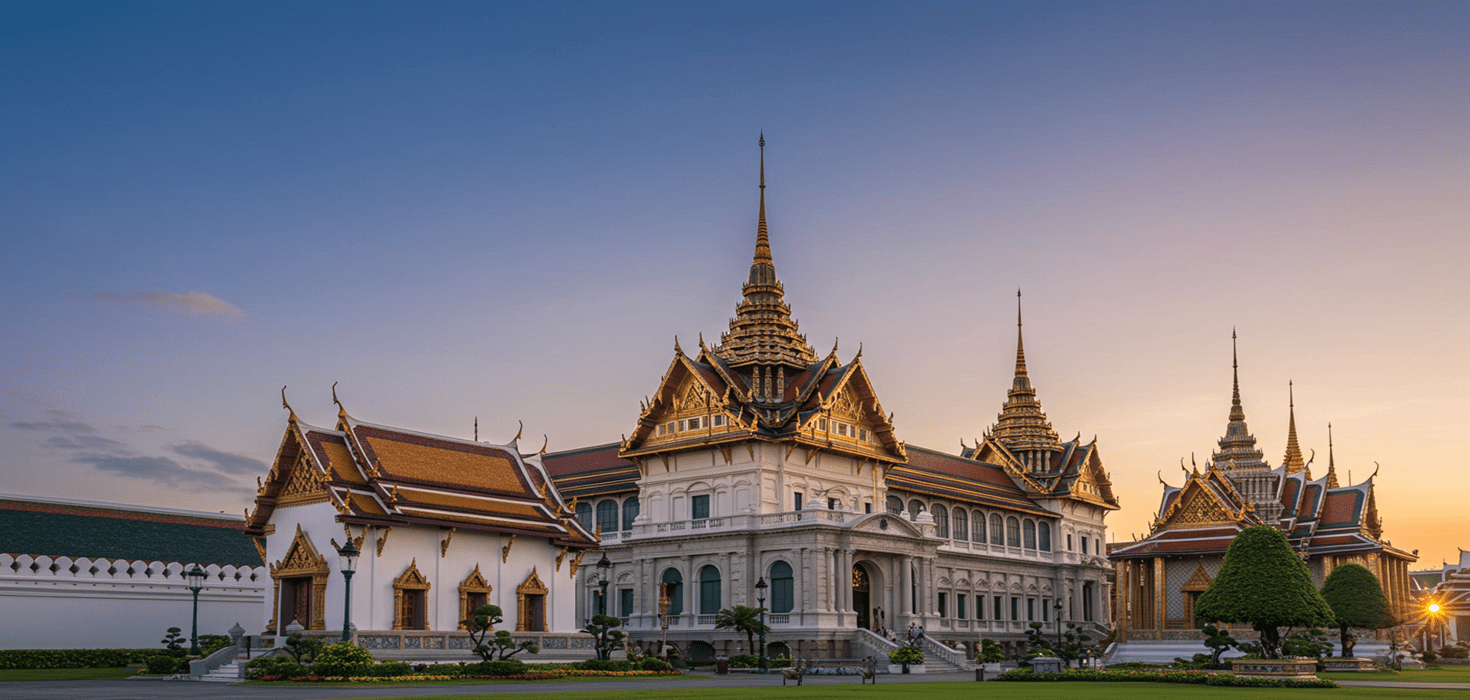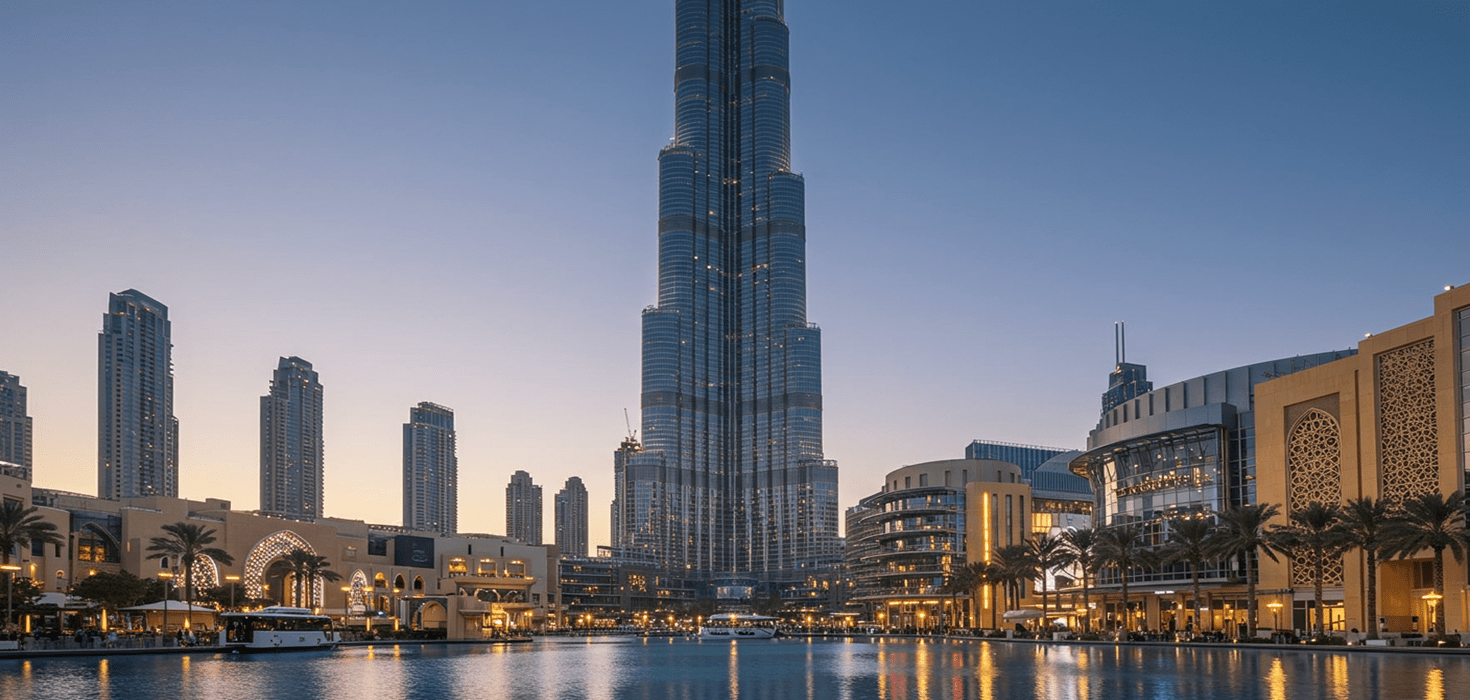Introduction
Welcome to Puebla of the Angels, a city that transforms into a kaleidoscope of color and emotion during the Day of the Dead celebrations! Nestled in the heart of Mexico, Puebla boasts a rich cultural heritage, where indigenous traditions intertwine seamlessly with Spanish influences. This vibrant city is renowned for its stunning architecture, delectable cuisine, and, most importantly, its heartfelt observance of Día de los Muertos.
As the end of October approaches, Puebla comes alive with festivities that honor the spirits of the departed. Streets are adorned with marigold flowers, sugar skulls, and intricately designed altars, creating a mesmerizing atmosphere that invites both locals and visitors to partake in the celebrations. The Day of the Dead is not just a time for remembrance; it’s a joyous occasion that celebrates life, love, and the connections we share with those who have passed. Join us as we explore the enchanting world of Puebla’s Day of the Dead festivities, where every corner tells a story and every celebration is a tribute to the vibrant culture of this remarkable city.
Puebla of the Angels: A Historical Perspective
Puebla’s history is as colorful as the papel picado that dances in the wind during the Day of the Dead. Founded in 1531, this city quickly became a cultural and economic hub, thanks to its strategic location between Mexico City and the port of Veracruz. The origins of the Day of the Dead in Puebla can be traced back to ancient indigenous practices, where the living honored their ancestors through offerings and rituals. With the arrival of Spanish colonizers, these traditions evolved, blending with Catholic beliefs and giving birth to the vibrant celebrations we see today.
Local anecdotes add depth to this rich tapestry of history. María, a Puebla native, fondly recalls her grandmother’s ofrenda, adorned with photos, favorite foods, and candles that flickered softly in the night. “It was a way for us to remember and celebrate our loved ones,” she shares, her eyes sparkling with nostalgia. “Every year, we would gather as a family, sharing stories and laughter, as if our ancestors were right there with us.” These personal stories reflect the communal spirit that defines Puebla’s Day of the Dead celebrations, where the past and present merge in a heartfelt embrace.
The influence of both indigenous and Spanish cultures is evident in Puebla’s unique customs. The ofrendas, or altars, are decorated with traditional items like sugar skulls, papel picado, and the essential marigold flowers, known as cempasúchil, believed to guide spirits back to the world of the living. This fusion of traditions not only highlights Puebla’s historical significance but also showcases the resilience and creativity of its people in keeping their heritage alive.
As we delve deeper into the heart of Puebla’s Day of the Dead celebrations, prepare to uncover the best places to experience this magical time of year. From the bustling Zócalo to the serene cemeteries, each location offers a unique glimpse into the vibrant traditions that make Puebla a must-visit destination during this enchanting season.
Best Places to Celebrate Day of the Dead in Puebla
As the sun sets and the moon rises over Puebla, the city transforms into a canvas of lights and colors, making it the perfect backdrop for Day of the Dead celebrations. Here are some of the best spots to immerse yourself in the festivities:
Zócalo: The Heart of the Celebrations
The Zócalo, Puebla’s main square, is where the magic truly happens! This vibrant hub is filled with locals and visitors alike, all coming together to celebrate. During the Day of the Dead, the Zócalo is adorned with stunning altars, marigold flowers, and colorful decorations that create an unforgettable atmosphere. Don’t miss the chance to snap some photos with the iconic Puebla Cathedral in the background, especially when it’s illuminated at night.
Cemeteries: Spiritual Gatherings and Altars
Visiting the cemeteries on the night of November 1st is a profound experience. The most notable cemetery is the Cementerio General de Puebla, where families gather to honor their loved ones. Here, you’ll find beautifully decorated graves, complete with ofrendas that showcase the deceased’s favorite foods, drinks, and personal items. The flickering candlelight and the scent of marigolds create an enchanting ambiance that truly honors the spirit of the occasion.
Historic Sites: Cultural Significance and Events
Puebla’s historic sites come alive during the Day of the Dead. The Amparo Museum hosts special exhibitions celebrating the tradition, showcasing local artists and their interpretations of Día de los Muertos. The Church of Santo Domingo is another must-visit, as it often features altars and events that reflect the local culture. Each site tells a different story, adding layers to your understanding of this beautiful tradition.
Day-by-Day Itinerary for Day of the Dead Celebrations
Mark your calendars! Here’s a fun-filled itinerary to help you make the most of your Day of the Dead experience in Puebla:
October 31: Grand Parade and Opening Ceremonies
The festivities kick off with a spectacular parade through the streets of Puebla. Expect vibrant costumes, traditional music, and lively performances that set the tone for the celebrations. The parade usually starts in the late afternoon, so grab a spot early to soak in the excitement!
November 1: Family Gatherings and Ofrendas
This day is dedicated to honoring the souls of children who have passed away. Families gather in their homes and cemeteries to create ofrendas. Join in the fun by visiting local homes and cemeteries to see the stunning altars decorated with toys, sweets, and flowers. You’ll feel the warmth of community and the joy of remembrance.
November 2: Cultural Events and Concerts
The final day is filled with cultural events, including concerts, art exhibitions, and traditional dance performances. The Zócalo hosts live music that will keep your spirits high! Check local listings for exact times and make sure to enjoy some delicious street food while you’re there.
Cultural Events and Festivals in Puebla
Puebla is a treasure trove of cultural events during the Day of the Dead. Here are some highlights you won’t want to miss:
Feria del Alfeñique: Sugar Skull Festival
This delightful festival celebrates the art of sugar skull making, a key element of Día de los Muertos. Stroll through the stalls at the fair, where local artisans showcase their colorful creations. Sample some of the sweet treats and maybe even take a sugar skull home as a souvenir!
Art Exhibitions: Showcasing Local Artists
Throughout the city, galleries and museums host special exhibitions dedicated to Day of the Dead. These displays often feature works from local artists inspired by the holiday, allowing you to appreciate Puebla’s rich artistic culture.
Community Celebrations: Family and Local Customs
Community gatherings are a highlight of the Day of the Dead celebrations. From storytelling sessions to traditional dance performances, these events foster a sense of togetherness. Join in on the fun and learn more about Puebla’s customs directly from the locals!
Culinary Delights: Food and Drinks of Day of the Dead
No celebration is complete without delicious food! Puebla’s culinary scene shines during Día de los Muertos:
Pan de Muerto: Symbolism and Where to Find the Best
This traditional sweet bread is a must-try during the festivities. Shaped like a skull and decorated with sugar, it’s often enjoyed with hot chocolate. Head to local bakeries to find the freshest pan de muerto, and don’t be shy about asking for recommendations from the locals!
Local Specialties: Mole, Tamales, and More
Puebla is famous for its mole, a rich sauce that pairs perfectly with chicken or enchiladas. During Day of the Dead, many families prepare tamales, which are often served during gatherings. Explore local markets to taste these authentic dishes!
Beverages: Hot Chocolate and Traditional Drinks
Warm up with a cup of traditional Mexican hot chocolate, rich and creamy, often spiced with cinnamon. You can also try atole, a warm corn-based drink that’s perfect for the cooler evenings. Local markets and street vendors will have plenty of options to quench your thirst!
Artistic Expressions: Puebla’s Day of the Dead Crafts
Puebla’s artisans bring creativity to life during Day of the Dead with their stunning crafts:
Sugar Skulls: Crafting and Significance
Sugar skulls are an iconic symbol of Día de los Muertos, representing the departed. You can find workshops where you can create your own sugar skull, adding a personal touch to your celebration. It’s a fun activity that also connects you to the tradition!
Catrinas: Traditional Decorations and Their Meaning
The elegant Catrina figures are a staple of the Day of the Dead celebrations. These beautifully decorated skeletons are often seen in homes and public spaces. You can visit local markets to buy Catrina figurines or even participate in crafting your own!
Local Markets: Where to Buy Unique Crafts
Puebla’s markets are bustling with artisans selling unique crafts related to Día de los Muertos. Check out Mercado el Carmen and Mercado de Sabores for a variety of handmade items, from altars to decorations. Supporting local artisans is a fantastic way to immerse yourself in the culture!
Practical Travel Tips for Visiting Puebla During Day of the Dead
Planning your trip to Puebla for the Day of the Dead? Here are some handy tips to make your experience smooth and enjoyable:
Transportation Options: Getting Around During the Festivities
Puebla is well-connected by public transport, including buses and taxis. However, during the Day of the Dead celebrations, streets can get crowded. Consider walking to nearby attractions to fully soak in the festive atmosphere!
Safety Tips: Navigating Large Crowds and Busy Markets
While Puebla is generally safe, always stay aware of your surroundings, especially in crowded areas. Keep your belongings secure and avoid displaying valuables. Traveling in groups can also enhance your safety and enjoyment!
Accessibility: Information for Travelers with Disabilities
Puebla has made strides in accessibility, with many public areas equipped for travelers with disabilities. However, some older buildings may present challenges. It’s wise to check accessibility options in advance, especially for events and locations you plan to visit.
Nightlife and Evening Activities in Puebla
As the sun sets, Puebla’s nightlife comes alive, offering a range of activities to keep the celebration going:
Evening Parades and Events
Don’t miss the enchanting evening parades that light up the streets! These parades often feature vibrant costumes and live music, creating an electric atmosphere. Check local listings for specific times and locations.
Local Bars and Restaurants with Themed Activities
Many bars and restaurants host themed events during the Day of the Dead. Enjoy live music, traditional dancing, and special menus featuring festive dishes. It’s a great way to experience Puebla’s lively culture after dark!
Cultural Performances: Music and Dance
Catch a cultural performance at one of Puebla’s theaters or community centers. From traditional folk dances to contemporary music, these performances reflect the rich heritage of the region. It’s a fantastic way to immerse yourself in local culture!
Fun Facts About Puebla’s Day of the Dead
Ready to impress your friends with some fun trivia? Here are some interesting tidbits about Puebla’s Day of the Dead celebrations:
Unique Traditions Specific to Puebla
Puebla has its own unique customs, such as the creation of intricate ofrendas that often include items like chiles en nogada as offerings. These culinary delights are a testament to Puebla’s rich food culture!
Historical Figures and Events Related to the Day of the Dead
Did you know that the Day of the Dead has its roots in ancient Aztec traditions? The celebration has evolved over centuries, blending indigenous customs with Spanish influences, making Puebla a key player in this cultural exchange.
As you prepare to experience the magic of Puebla during the Day of the Dead, remember that every moment is a chance to connect with the vibrant culture and the warm-hearted people of this beautiful city. Whether you’re wandering through the decorated streets, savoring delicious food, or sharing stories with locals, you’ll find that Puebla truly embodies the spirit of celebration and remembrance.


